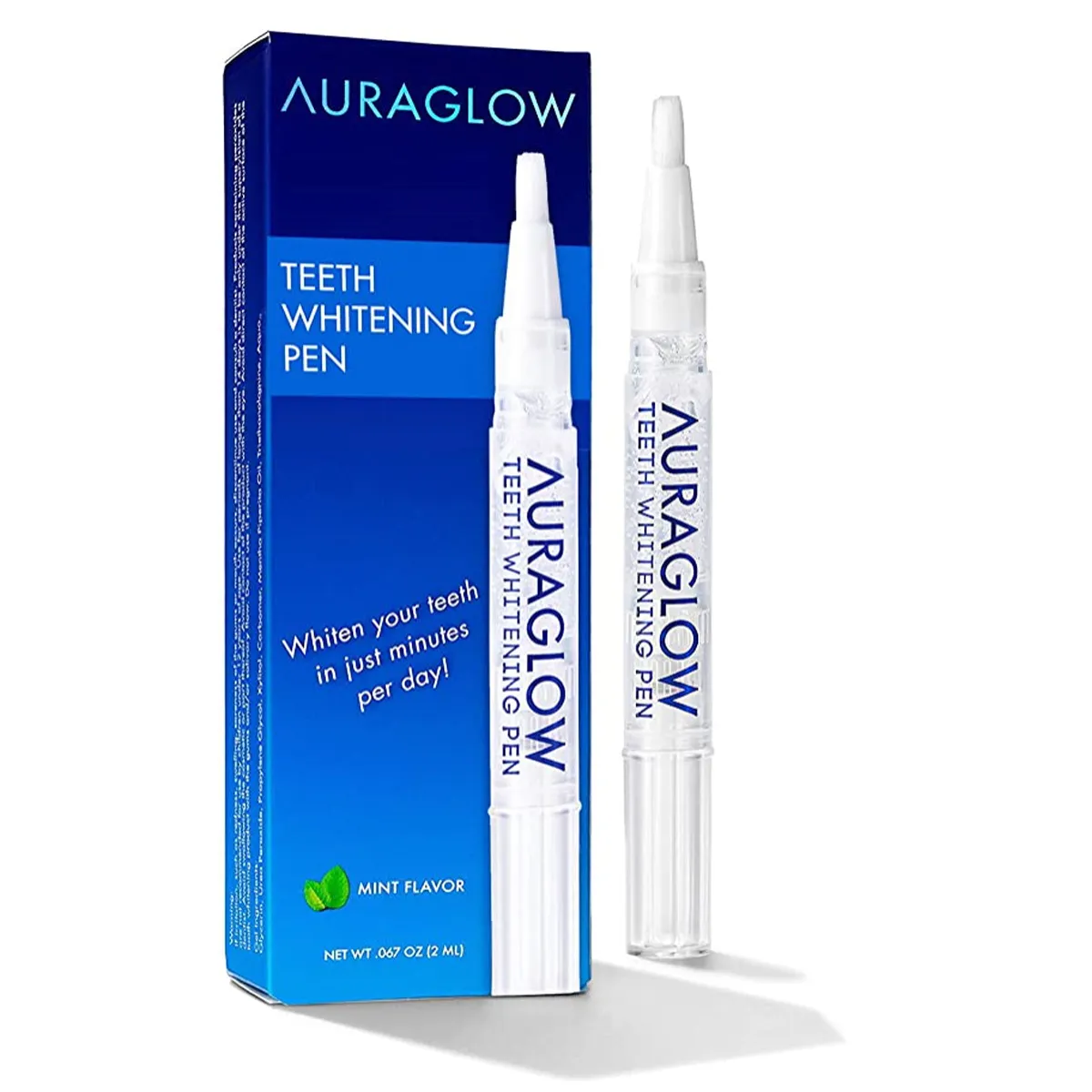Why Teeth Whitening Matters
A bright, white smile is often associated with youth, health, and confidence. Teeth whitening is a popular cosmetic dental procedure designed to lighten the shade of your teeth, making them appear more attractive. In today’s society, aesthetics play a significant role in how we perceive ourselves and how others perceive us. A radiant smile can boost self-esteem, making individuals feel more comfortable and confident in social and professional settings. Moreover, teeth whitening can have a positive impact on overall oral hygiene habits, encouraging people to take better care of their teeth and gums. Many people feel self-conscious about stained or discolored teeth, which can lead to decreased self-confidence and a reluctance to smile. Teeth whitening can help to overcome these issues, leading to an enhanced quality of life.
The Importance of a Bright Smile
A bright smile is more than just about aesthetics; it has a profound impact on your personal and professional life. Studies have shown that people with whiter teeth are often perceived as more successful, friendly, and approachable. In social settings, a confident smile can help build rapport and create positive first impressions. In the workplace, a confident and attractive smile can improve communication skills and boost self-assurance, potentially leading to better opportunities. A whiter smile can also lead to improved self-esteem and overall psychological well-being. When you feel good about your appearance, you’re more likely to engage in social activities, build stronger relationships, and achieve your goals. Consider the impact that a brighter smile can have on your daily life and how it can influence how you interact with the world around you. It’s a small investment that can yield significant returns.
Common Causes of Tooth Discoloration
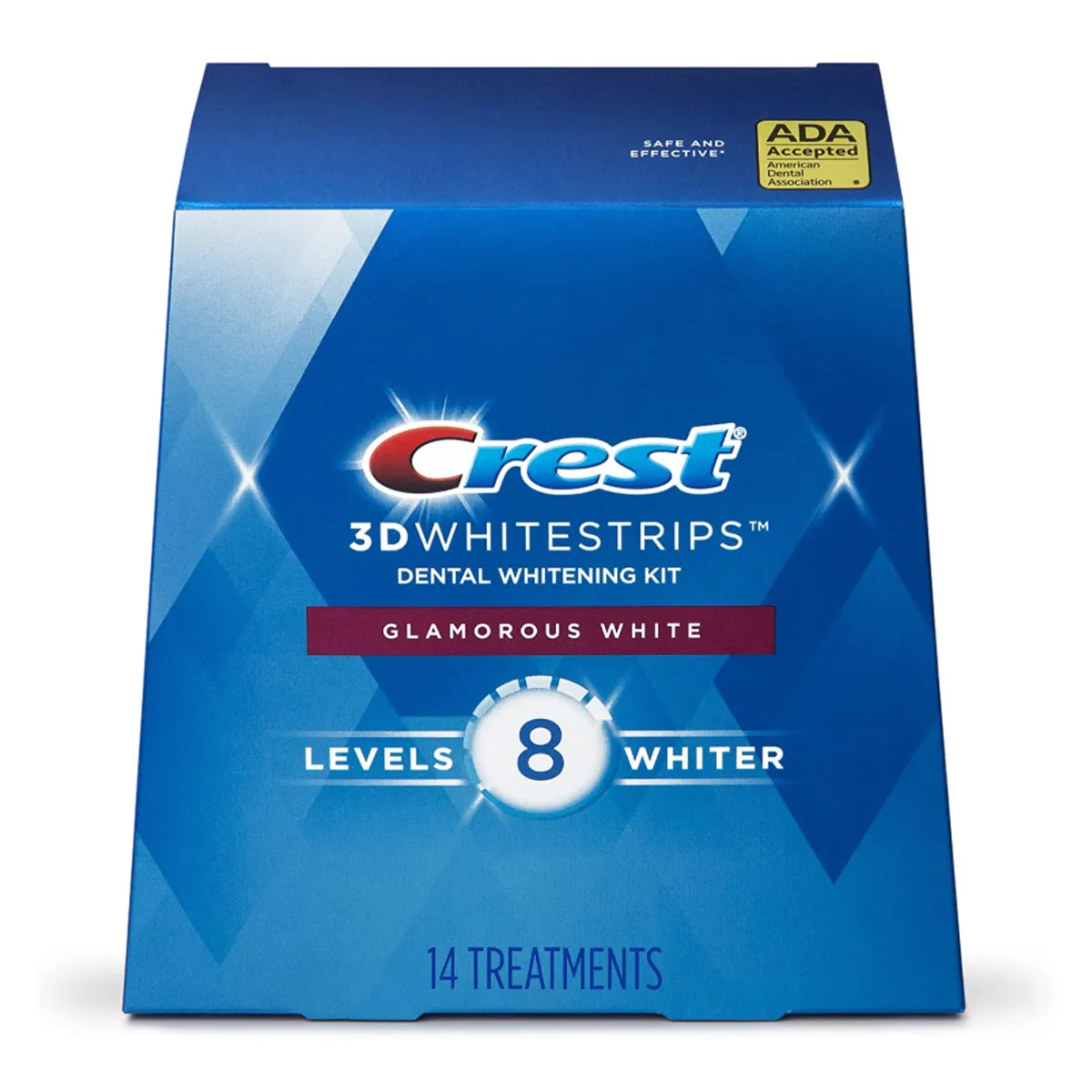
Tooth discoloration can occur due to a variety of factors, both internal and external. The most common external factors include the consumption of staining foods and drinks, such as coffee, tea, red wine, and berries. Tobacco use is another major contributor to tooth discoloration, with nicotine and tar leaving behind unsightly stains. Internal factors can include aging, as the enamel thins over time, revealing the yellowish dentin underneath. Genetics can also play a role in tooth color, with some individuals naturally having more yellow teeth than others. Certain medications, such as tetracycline, can cause discoloration, especially if taken during tooth development. Furthermore, dental trauma or injury can damage the tooth, leading to discoloration. Regular dental check-ups and cleaning are essential to identify and address the causes of discoloration. Understanding the underlying causes is crucial to choosing the appropriate teeth-whitening solution.
Effective Teeth Whitening Options
There are several effective teeth-whitening options available, ranging from professional treatments to over-the-counter solutions. The best option for you will depend on the degree of discoloration, your budget, and your personal preferences. Professional teeth whitening, performed by a dentist, typically involves using a high-concentration bleaching agent activated by a special light or laser. These in-office treatments offer dramatic results in a single session. At-home options include whitening strips, gels, and toothpastes, which contain lower concentrations of bleaching agents. These solutions are more affordable and convenient but may take longer to achieve the desired results. It’s important to consult with your dentist to determine which option is best suited for your specific needs and to ensure that it’s safe for your teeth and gums. Some individuals may experience temporary sensitivity. Always follow the product instructions carefully to achieve the best outcome.
Professional Teeth Whitening Treatments
Professional teeth whitening treatments offer the most significant and immediate results. Dentists use powerful bleaching agents, often containing a high concentration of hydrogen peroxide or carbamide peroxide, to lift stains from the teeth. The process typically begins with a thorough cleaning to remove any surface stains and plaque. Next, a protective barrier is applied to the gums to prevent irritation. The whitening agent is then applied to the teeth, and a special light or laser is used to activate the bleaching process. The entire procedure usually takes about an hour and can significantly lighten the shade of your teeth in a single session. Professional whitening is considered safe when performed by a qualified dentist. However, some individuals may experience temporary tooth sensitivity or gum irritation. The results of professional whitening can last for several months or even years, depending on your lifestyle and oral hygiene habits.
In-Office Whitening Procedures
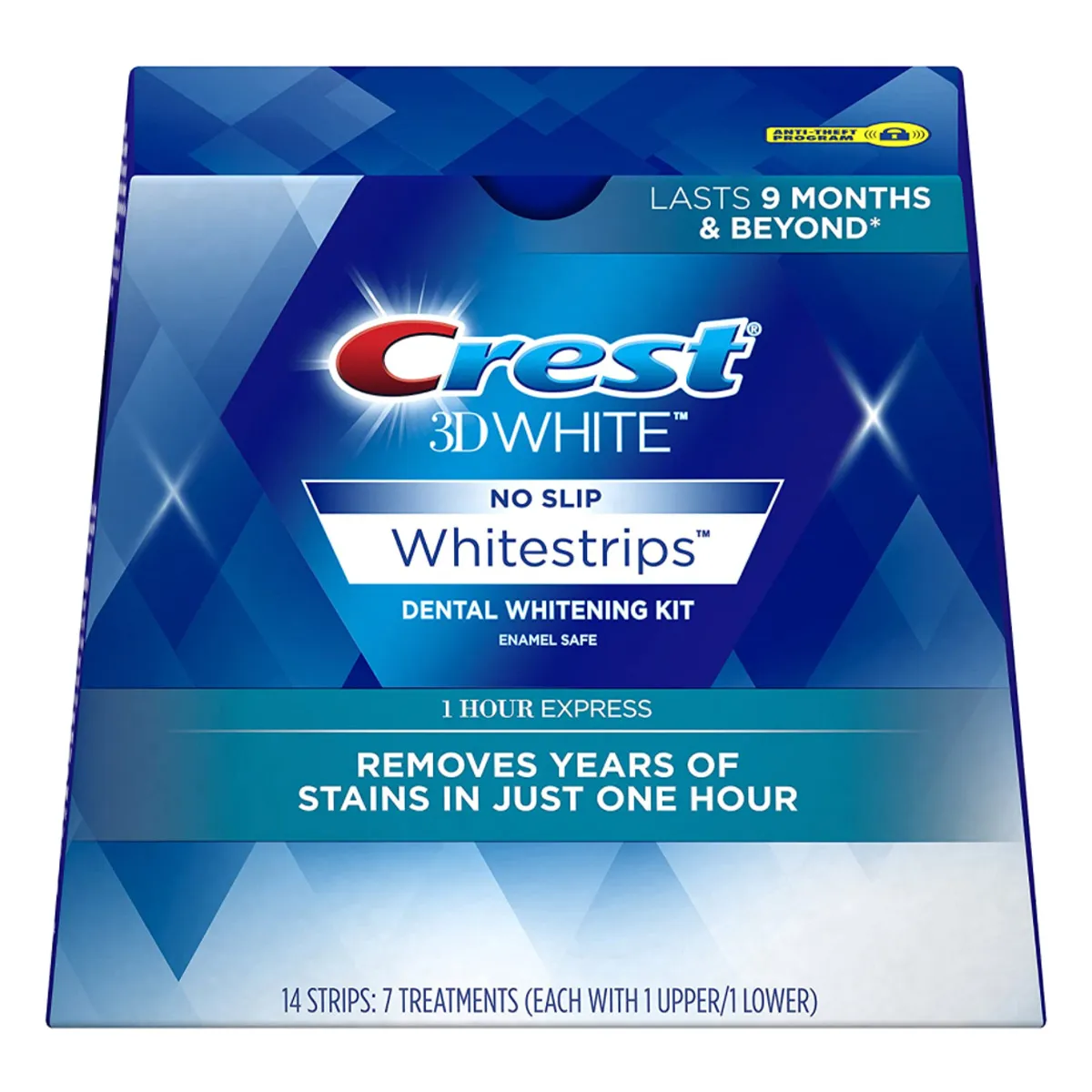
In-office whitening procedures are designed to provide fast and effective results under the supervision of a dental professional. The process generally involves a thorough cleaning of the teeth to remove any surface stains or plaque, followed by the application of a high-concentration whitening agent. The dentist will carefully isolate and protect the gums and soft tissues surrounding the teeth to prevent irritation. A specialized light or laser is often used to accelerate the bleaching process, enhancing the whitening effect. The procedure usually takes about one hour, during which the whitening agent is applied and removed multiple times. One of the main advantages of in-office whitening is the ability to achieve significant results in a single visit. Patients can see their teeth become several shades whiter immediately. This option is especially useful for people who need immediate results for special occasions or those who prefer professional oversight. The results of in-office whitening often last for several months or even years, and are highly dependent on oral hygiene practices and the consumption of staining foods and drinks. Periodic maintenance treatments might be needed to maintain the desired results.
At-Home Teeth Whitening Solutions
At-home teeth whitening solutions provide a convenient and affordable way to brighten your smile. Several options are available, including whitening strips, gels, and trays. Whitening strips are thin, flexible strips coated with a peroxide-based whitening agent. They are easy to use and typically applied to the teeth for a specific amount of time each day. Whitening gels can be applied using custom-fitted trays provided by your dentist or through over-the-counter kits that use pre-made trays. These gels also contain peroxide-based bleaching agents and should be used as directed. Before starting any at-home whitening treatment, it is crucial to consult with your dentist. This consultation helps determine which product is best for your specific needs and ensures there are no underlying dental issues that need attention. Follow the instructions provided by the product manufacturer to avoid damaging your teeth or gums. Regular use of these at-home solutions can gradually improve the color of your teeth, leading to a brighter smile.
Whitening Toothpastes & Rinses
Whitening toothpastes and rinses are readily accessible and can be incorporated into your daily oral hygiene routine. These products typically contain mild abrasives or chemical agents, such as hydrogen peroxide, that help remove surface stains. While they are effective at removing stains caused by coffee, tea, and other foods, they do not significantly change the underlying color of your teeth. Whitening toothpastes are a cost-effective option for maintaining a brighter smile and preventing new stains from forming. However, they may not be suitable for everyone, especially those with sensitive teeth. Whitening rinses can also help to freshen breath and provide an added layer of stain removal. To maximize their effectiveness, use whitening toothpastes and rinses as directed and in conjunction with regular brushing and flossing. It’s important to note that these products are primarily designed to remove surface stains. For more dramatic whitening results, other methods, such as professional treatments or whitening strips, might be necessary. Consistent use of these products can contribute to a healthier, brighter smile over time.
Whitening Strips & Gels
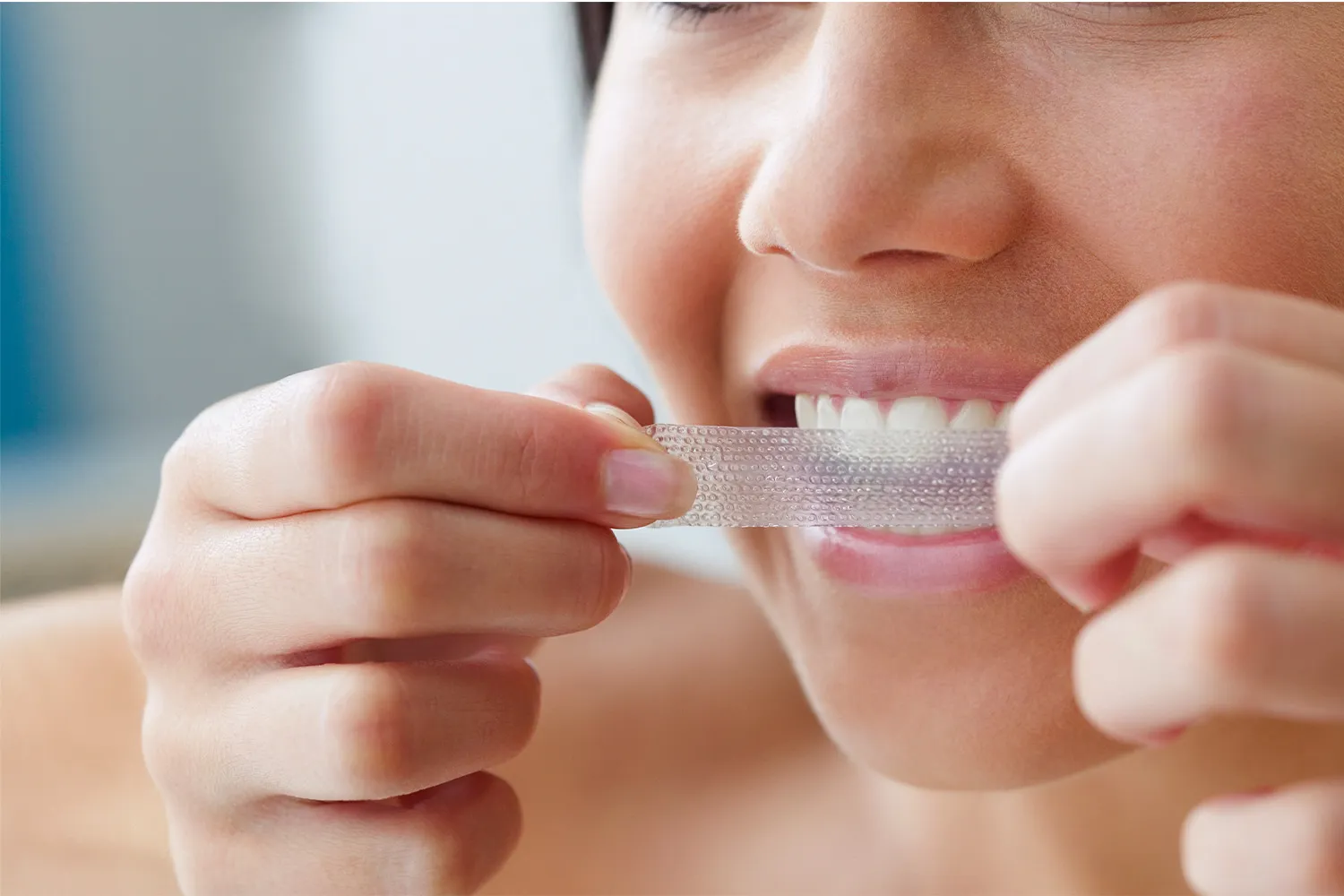
Whitening strips and gels offer a convenient and effective way to whiten your teeth at home. Whitening strips are thin, flexible strips coated with a peroxide-based whitening agent that are applied directly to the teeth. They are easy to use and typically worn for a specific amount of time each day. Whitening gels are usually applied using custom-fitted trays made by your dentist or through pre-made trays. The gels also contain a bleaching agent, typically hydrogen peroxide or carbamide peroxide, which penetrates the enamel to lighten the underlying dentin. When using whitening strips and gels, it is crucial to follow the manufacturer’s instructions carefully to avoid any potential side effects, such as tooth sensitivity or gum irritation. These products can provide noticeable results within a few weeks of regular use. Before starting any at-home whitening treatment, it’s recommended to consult your dentist. Your dentist can assess your oral health and recommend the most appropriate product for your needs.
Maintaining Your White Smile
Maintaining a white smile requires a proactive approach and consistent oral hygiene practices. Regular brushing and flossing are essential to remove plaque and food particles that can contribute to staining. Using a whitening toothpaste can help to remove surface stains and keep your teeth looking bright. Regular dental check-ups and cleanings are also crucial to remove any built-up plaque and tartar, and to detect any underlying dental issues. Limiting the consumption of staining foods and drinks, such as coffee, tea, red wine, and berries, is beneficial. If you do consume these items, rinsing your mouth with water or brushing your teeth shortly after can help minimize staining. Avoiding tobacco products is also important, as they can severely discolor your teeth. Investing in these habits and adopting a preventive approach can help to maintain a beautiful, white smile for many years to come. These preventative steps will protect your investment in teeth whitening.
Tips for Long-Lasting Results
To ensure the longevity of your teeth-whitening results, consider several practical tips. One of the most important steps is to maintain impeccable oral hygiene habits. Brush your teeth at least twice a day with a whitening toothpaste and floss daily to remove plaque and prevent new stains from forming. Schedule regular dental check-ups and cleanings to keep your teeth healthy and bright. Limit your consumption of staining foods and drinks, such as coffee, tea, red wine, and dark-colored berries. If you do consume these items, drink them in moderation and rinse your mouth with water immediately afterward. Avoid tobacco products, as smoking and chewing tobacco can severely stain your teeth. Using a straw for beverages can also help to minimize contact with your teeth. Consider periodic touch-up treatments to maintain your desired level of whiteness. By adopting these strategies, you can enjoy a bright and beautiful smile for an extended period.
Foods and Drinks to Avoid
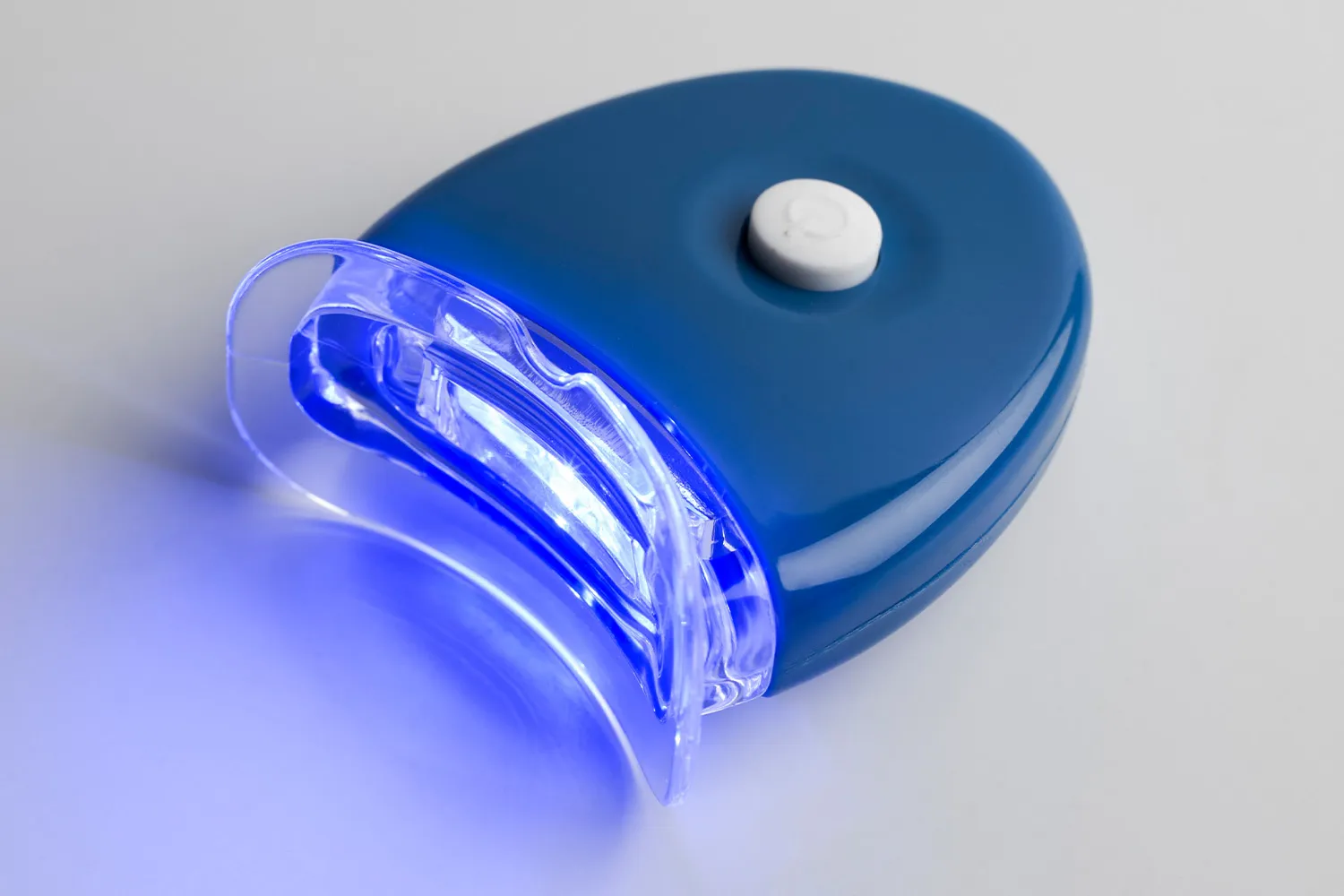
Certain foods and drinks can significantly impact the color of your teeth, leading to staining and discoloration. To maintain a bright smile, it is important to be mindful of the foods and drinks you consume. Coffee and tea are notorious for staining teeth due to their high tannin content. Red wine contains pigments that can bind to the enamel, causing discoloration. Dark-colored sodas and sports drinks also contribute to staining. Berries, such as blueberries, blackberries, and raspberries, contain strong pigments that can stain teeth. Tomato-based sauces, soy sauce, and balsamic vinegar are acidic and can erode enamel, making teeth more susceptible to staining. It is not necessary to eliminate these foods and drinks entirely, but it is essential to consume them in moderation and to practice good oral hygiene. Rinsing your mouth with water or brushing your teeth after consuming these items can help to minimize staining. By being mindful of your diet, you can protect your smile and maintain your investment in teeth whitening.
